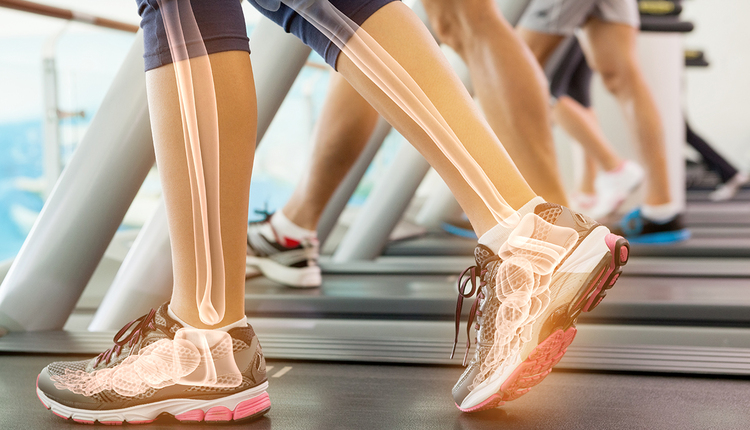In the prior column, I demonstrated how to do resisted upper body reaches to increase shoulder and pillar stability. This exercise introduces a diagonal movement pattern while seated on the stability ball with single limb support to improve shoulder strength while targeting hip and core stability.

Progressions:
Application: This exercise offers a challenging and unstable training environment for shoulder PNF patterns. The purpose of this exercise is to strengthen the rotator cuff and scapular stabilizers, while enhancing pillar stability as the arm passes throughout all three planes of motion. In many athletes, there is weakness or asymmetry present that contributes to shoulder dysfunction. This exercise provides a fun, challenging way to work on improving shoulder strength in a functional pattern, and is a ‘go-to’ exercise I use with throwers, tennis and volleyball players and golfers.

Execution: Sit on a stability ball with both feet shoulder-width apart holding a light dumbbell in the right hand with the thumb down against the right hip. The trunk should be erect with a neutral spine angle. Now, lift the right leg a few inches above the floor. Next, slowly raise the right arm in a diagonal pattern while flexing, abducting and externally rotating the shoulder so that the thumb is up and pointing away from the body at end range elevation. Pause at the top, and then return to the start position moving back into shoulder extension, internal rotation and adduction.
The amount of motion will be based on the individual’s body control and available range of motion. Repeat for 10 repetitions while keeping the right leg off the floor. Switch arms and legs and repeat the same movement starting at the right hip, raising the left foot off the floor and lifting the weight over the left shoulder. Perform 2-3 sets on each side.
1) Increase the cadence
2) Increase the weight
Regressions:
1) Perform the diagonal raise with less weight or no weight
2) Lightly rest the heel of the unsupported leg on a block or medicine ball to prevent loss of balance as needed
3) Perform the exercise with bilateral lower extremity support
















